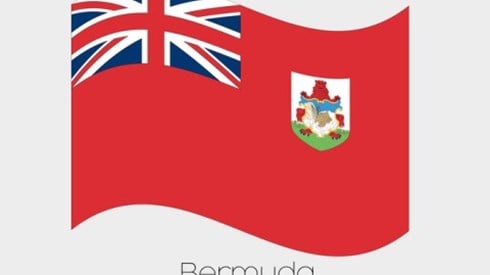Bermuda Remains Resilient to Major, but Improbable, Catastrophe Events

November 06, 2017

The resilience of Bermuda's re/insurance sector to withstand potential catastrophic events strengthened year over year (2015 to 2016), according to the Bermuda Monetary Authority second annual Catastrophe Risk in Bermuda report. While gross catastrophe exposure increased by about 9 percent year over year, capital levels also increased at a slightly higher rate.
As explained in its Executive Summary, the report sets out to accomplish the following.
- Provide a high-level overview of the capacity of the sector to absorb shocks from various catastrophe (CAT) risk events underwritten by Bermuda insurers.
- Review various stress tests to assess if Bermuda insurers are adequately capitalized to withstand severe, but remote, underwriting losses from various possible CAT events.
- Analyze the exceedance probability curve trends, including the level of reliance and sufficiency of the reinsurance, and pricing dynamics.
- Analyze the CAT modeling practices in Bermuda.
Craig Swan, managing director, supervision (insurance), said, "Bermuda is predominantly an insurance-based international financial center specializing in the niche of catastrophe reinsurance and is host to the third largest reinsurance market in the world. Overall, this year's results again highlighted the industry's resilience to major, but improbable, catastrophe events and the diversity of modeling practices in Bermuda. This [underscores Bermuda insurers' reputation] as being generally well capitalized."
Statistics from the 2016 catastrophe risk report reveal that, overall, the global share of gross estimated potential loss assumed by Bermuda's insurers for major catastrophe perils increased by about 2 percent. The report also found "that Bermuda insurers are more exposed to Atlantic hurricanes than any other peril...."
Of the report's 18 standardized underwriting loss scenario stress tests, the 9 percent "increase in total exposure is primarily driven by an increase on the gross loss impact of Los Angeles Earthquake (3 percent), Northeast Hurricane (2 percent), and Miami-Dade Hurricane (2 percent) compared to 2015," the report states.
The 2016 report contains aggregated data from the Bermuda Capital and Solvency Return consolidated filings of Class 3B, Class 4, and Bermuda Insurance Groups for the period ending December 31, 2016. The report does not include Bermuda alternative capital market data.
November 06, 2017